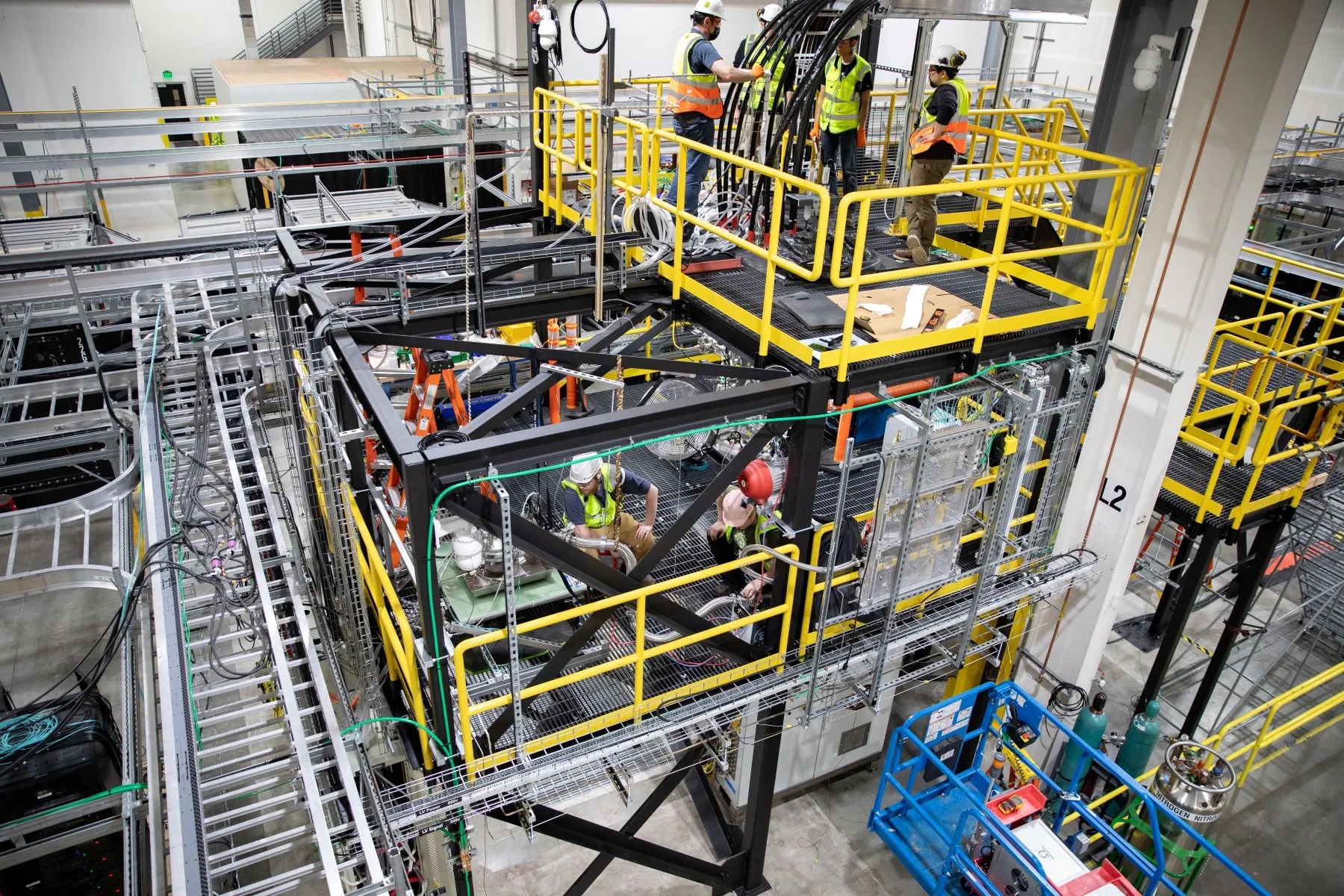Zap Energy secures $130 Million new funding to enable vital engineering demonstration in parallel with plasma R&D
By Lizzie Mushangwe
Zap Energy announced in October that it has secured $130 million in new Series D investment. This money will be used to advance its fusion technology, focusing efforts on the Century platform—a test platform which integrates the critical systems necessary for a Z-pinch power plant, including liquid metals and cutting-edge pulsed power.
This funding round, led by Soros Fund Management LLC joined by Plynth Energy and other major investors, represents a noteworthy step as commercial fusion broadens beyond traditional magnetic and inertial confinement methods. By capitalising on the platform's ability to validate sustained plant-scale operations, Zap Energy intends to position its compact, Z-pinch sheared flow method as a competitive force in the emerging fusion power landscape.

What Have They Done?
Zap Energy secured $130 million in capital to scale its 100-kilowatt-scale Century platform, a high-repetition fusion testbed designed to simulate the operational needs of key components required for a commercial fusion plant.
This integrated system is built for speed and to test whether the system's engineering components work cohesively together. Hence, it uses surrogate materials such as liquid bismuth (000 on the hazard scale therefore no significant hazard in terms of health, flammability or reactivity) and hydrogen gas instead of corrosive liquid lithium, deuterium, and radioactive tritium.
Ryan Umsttad, Vice President of Product at Zap Energy, emphasised that the purpose of Century was “not about making fusion, it’s about making sure you can use liquid metals, that we can repetitively pulse this thing, that we can evacuate the chamber between shots, and that the whole thing works in an orchestrated fashion”.
Why Is It Impressive?
Zap says that their total funding that now surpasses $330m, taking them into the top 5 of fusion companies ordered by secured funding.
Why Is It Important?
Zap Energy’s recent $130 million Series D investment is crucial for advancing its unique fusion technology, specifically its "Century" platform, a 100-kilowatt-scale fusion testbed designed to simulate plant-like operation. This platform integrates essential components for a commercial fusion power plant, including liquid metal cooling and high-repetition pulsed power.
The funding reflects strong investor interest in Zap’s alternative fusion approach, which differs from traditional tokamak and inertial confinement methods by using a “sheared-flow-stabilised Z pinch.” This technique compresses plasma with pulsed electric currents rather than massive magnets or lasers, potentially making it a more cost-effective and compact option for fusion energy.
Zap Energy positions its sheared-flow-stabilised Z pinch approach as an attractive and competitive energy solution. This compact design has the potential to reduce the cost and complexity of fusion systems, making it a more easily scalable option for commercial energy production than the traditional systems if it can be shown to work reliably.
Umstattd summed this up, saying, “It's a bit early right now, for fusion, to understand exactly how much of the energy market it might actually someday take. Is it going to be 5%, 10%, 90%...? But there's nothing that's going to displace fusion once it's actually on the market. Every other energy transition has been displacement of some prior fuel—coal, wood, oil and gas. Nothing's going to displace fusion from the market except cheaper fusion.”
Century represents Zap Energy's initial step toward a fully integrated platform, designed to manage 100 kilowatts of power, convert it into a Z pinch, capture the generated heat in liquid metal, and then release it through a heat exchanger.
Operating Century will validate Zap’s roadmap from a systems engineering perspective, gradually incorporating fusion plasma advancements from the Research and Development team to create a system capable of withstanding increasingly extreme conditions. With each incremental improvement, supported by new funding, Century will demonstrate the ability to operate at power levels required for commercial applications.
What’s Next?
Zap Energy will use the Series D funding to achieve specific milestones on Century, including sustaining high-frequency pulses over two-hour durations at intervals of ten seconds, increasing power outputs, and refining the durability of electrodes. These goals are designed to meet the criteria of the US Department of Energy’s Milestone-Based Fusion Development Program, which supports companies working toward commercially viable fusion.
Beyond that, the next plan is to build an integrated system called Millennium, which would advance to the megawatt scale, ultimately leading to an integrated demonstration or pilot plant.
Umsttad explained, “While R&D is progressing in terms of the fusion energy output with these single pulses, the systems engineering team is working on plant-relevant integrated demonstrations.” He added, “Those two marry up once the R&D has delivered a fusion plasma that's got at least a scientific break even, if not well beyond a scientific break even. We'll use that formula—if you will—for generating that Z pinch and integrate that with the systems that are being built, like Century and Millennium, so that now we have something that looks almost like a pilot plant.”
